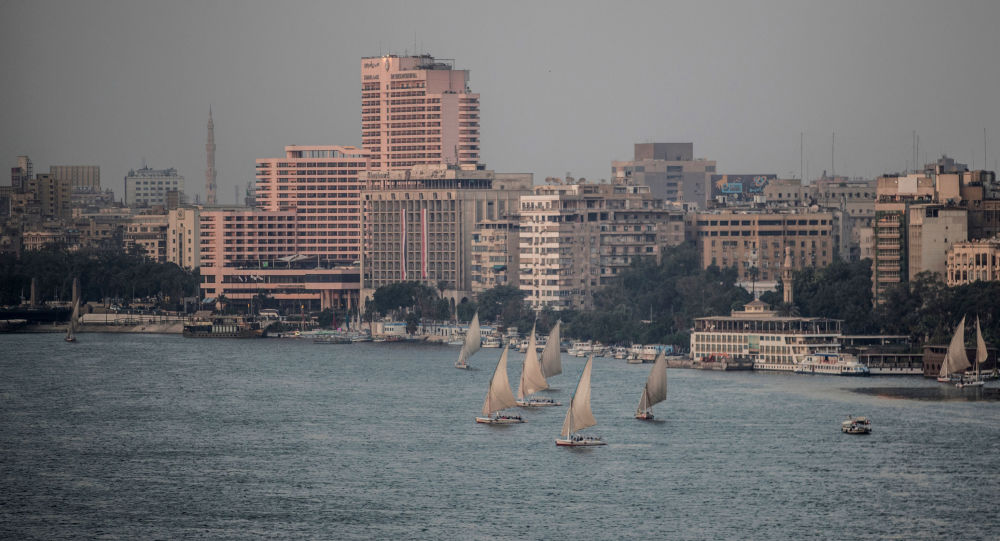As I sat among women from the Beshariyya “Beja” tribe in a secluded spot in the mountains where tents were set up for a wedding, 150km west of Shalateen, a small bowl of henna paste was passed around. The dye was dark in color and the paste was smooth. When the bowl reached me, I apologetically declined, but I did ask how it was made.
Like spicy coffee for the men, the art of henna seems to be something that brings women in the mountains together. In the tent where we sat, as the women helped each other perfect their hand-painting, they joked in Rotana, an ancient language used among the tribes living in Elba, while children watched intently.
Henna can be bought fresh or packed, and if you’re opting for the latter then you need to make sure it’s free of chemicals. Poor quality henna powders are not clean and come riddled with debris, which you have to sift and remove before the henna is prepared. The Beja women explained to me that the best types of henna powders are Yemeni or Sudanese–and choosing between the two depends on whether you want the tattoos to be rich reddish brown or intensely dark brown (“black henna,” as some women there refer to it).
The local market of Shalateen had an interesting variety but I had written down the names of brands recommended to me by the Beja women, so I opted for these. For the black henna, I chose a type imported from el-Dammar, a small town in northern Sudan famous for growing the Lawdonia inermis plant from which natural, herbal henna is made. The henna itself is brown in color but gives a black or dark brown tint when applied. For the Yemeni version, I chose a type imported from Hadar Maut. The powder is green and leaves a reddish stain–and generally most popular among women with lighter skin tones. Most of the Beja women I met had black henna decorations, and used it liberally on feet, arms, hands, fingers and nail tips.
The women don’t follow the instructions on the packets and they use a crude method of mixing the henna. They advised me to discard literal measurements and to “use your eyes to see if this is the right amount or not. You’ll feel it if it’s not.”
The trick is with the first step. After emptying half of the henna sachet into a small bowl, add water and blend until the mix turns into a glutinous paste. The women then place it in the sun for an hour, giving the henna its deep color.
The next step is to use the fixative plant oil known as “Mahlabiya.” You only need one teaspoon of the oil, which should be put in a small cup and then rubbed on the spot where you want to paint the henna. You can then roll a small cone or funnel out of a piece of paper, fill it with henna and use it to dispense the paste.
The Beja women imagine a design in their head, start with a soft squeeze on the cone to draw thin lines onto the skin, and when this dries, apply a second coat. Each coat takes around an hour to dry, and according to one of the women, it can stay on the skin for up to a month.
The most popular design among the Beja women was the symbol of the sun. As nomads who live and roam under the sweltering desert sun, it’s no surprise that this inspires their art the most. The next most common design was something akin to a sea or a river: two or three rows of zigzagging lines. They had it on their hands and feet. It was simple and the henna is applied abundantly on the second coat. The women believe it makes their skin softer and healthier.
The cone is not used for the fingertips, which are instead dipped in the henna bowl. The sole of the feet is almost entirely coated with henna using a brush–while women in Cairo may frown upon black feet decorations, this is considered a sign of beauty in the mountains.
A final touch, which I saw only among the youngest of these Beja women, was using nail polish to finely decorate fingernails after applying the henna. When the tattoos completely dry, they use glittery silver or gold varnish (with a thin brush) to draw miniature designs on their nails. The designs are detailed, and like the tattoos themselves, paintings of suns, stars and river are the most popular.
Life & StyleTravel




